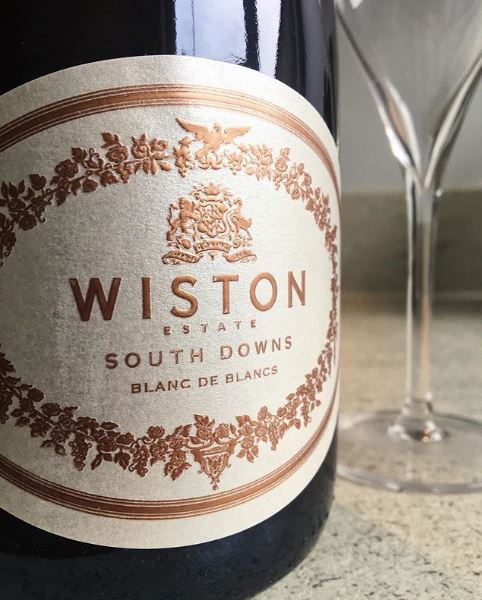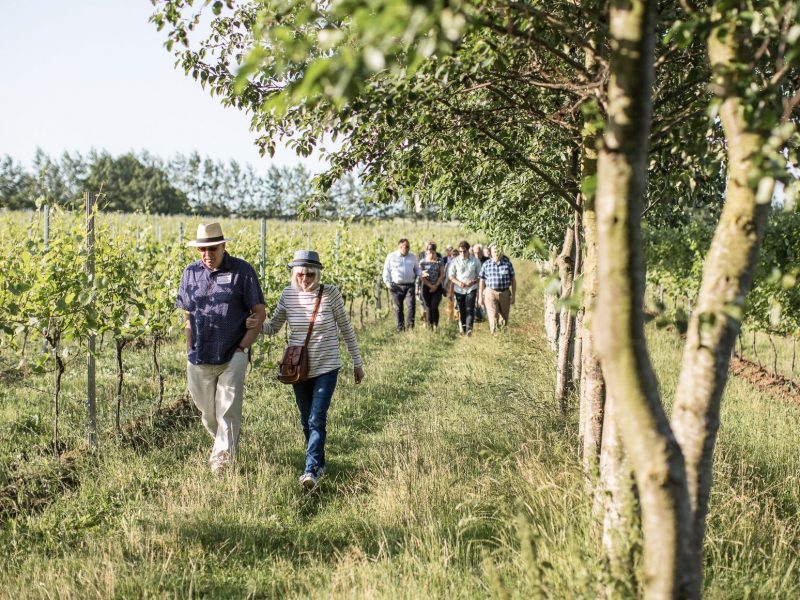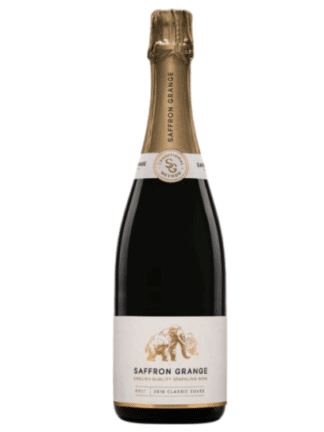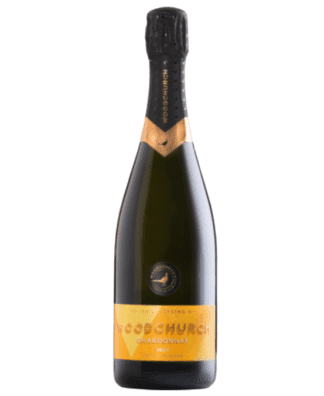
English Sparkling Wine and Prosecco. Both delicious sparkling wines that we enjoy – but why do they taste different? Read on to find out.
English Sparkling Wine and Prosecco: Let’s break it down for you:
Location
Prosecco comes from Veneto, in North East Italy. Conegliana Valdobbiadene is where the best Prosecco grapes grow. This is just north of Venice. Hugely popular in the UK, Brits were at one point buying one in every five bottles of Prosecco!
English Sparkling Wine (clue in the name!) comes from England, predominantly the South of England. As yet, there are no official individual names for English Sparkling Wines made in different regions. English Sparkling Wine is steadily growing in popularity across the country, with vineyards getting a lot of their trade locally. Sussex and Kent both have excellent reputations for English Sparkling Wine. But vineyards grow all across the South. Our most local vineyard is Saffron Grange, located on the chalky soils of Saffron Walden in Essex.

English Sparkling Wine and Prosecco Grapes
Glera grapes are the principal Prosecco grapes. Previously called Prosecco grapes, to avoid confusion between the name of the grape and the name of the wine, they changed to Glera.
Champagne grapes are the dominant varieties in English Sparkling winemaking: Chardonnay, Pinot Noir and Pinot Meunier. The main reason for this is that the climate in the South of England is most similar to that of Champagne, in the North of France.
Production
The Charmat, or Tank, method produces bubbly Prosecco. Crushing and pressing of grapes, before fermenting in large stainless-steel tanks. After this, the wine undergoes a second fermentation in pressurised tanks, which trap the natural carbon dioxide gas and cause it to dissolve back into the wine and become the wine’s bubbles. Proseccos are rarely vintages (made from grapes grown in the same year), and the production method is cheaper and quicker than that of English Sparkling Wine.
The Traditional method is more common in English Sparkling winemaking – this is the same process as Champagne. With the traditional method, the second fermentation takes place in the bottle itself. This is a more expensive method of production than Prosecco and it takes many years to complete. A bottle labelled English Quality Sparkling Wine must be traditional method, and it must be at least 9% alcohol volume.
Taste
Prosecco is typically dry (Brut) and very light bodied with green apple, melon and pear flavours. It was originally only slightly fizzy, but today most examples are fully sparkling with simple flavours and a slight bitter (lager-y) edge. Prosecco is the main ingredient in the ever-popular and simple-to-make Bellini cocktail. Simply pour peach puree into your glasses up to 1/3 of the way up, and top-up with Prosecco.
English Sparkling Wine is similar in taste to Champagne – with the dominant flavours often more creamy, almond-y and toasty than Prosecco, and fruit flavours more commonly apple and citrus-lead. With there being many more variables in English Sparkling Wine production than Prosecco, the flavour profiles can differ a fair amount. Wine flavours tend to depend upon availability of grapes and winemaker-preference. Below are some of our favourites.


